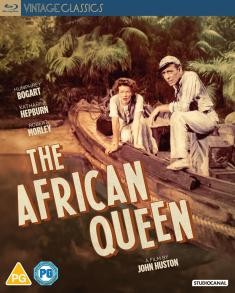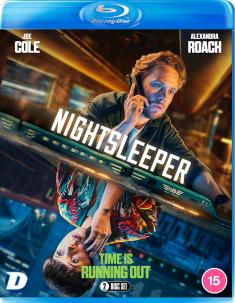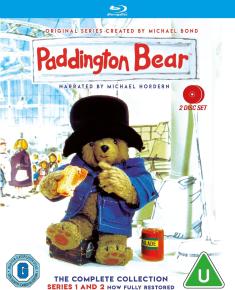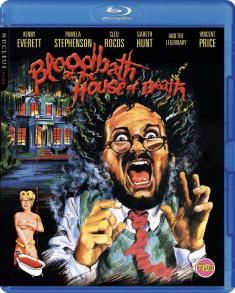Split/Second
Overview -
There are two distinctly different types of racing games on the market these days: Realistic simulations like the Forza Motorsport series, and arcade racers like the Burnout franchise. Both have their devoted following of fans, who run to the local video game store every time a quality title is released. Split/Second, from Black Rock Studios, falls into the latter camp. It’s quite possibly the most outrageous and unrealistic racer released this generation, which isn’t a bad thing at all. In fact, it makes for a very fun experience.
Video Review
Exterior aesthetics are misleading when it comes to Split/Second. The game looks quite realistic, with incredibly shiny graphics. Colour is used well to accent the action, but most gamers will swear it’s a simulation game until the digital wheels start rolling. Once things heat up, any bit of confusion related to this matter will clear up.
The best way to describe Split/Second’s style and tone would be to liken it to a Michael Bay movie or a similar Hollywood blockbuster. Every second of gameplay is turned up to eleven or twelve, with fast and fluid gameplay action. Explosions dot the screen left, right and centre, making orange a large part of the game’s colour palette.
If there is one downside to the visuals found within Split/Second, it would be the included car animations. Though there are only so many ways to represent a car’s movement in an interactive video game, these models tend to feel a bit stiff. The cars’ movements aren’t as fluid as they could be at times, lacking a bit of precision. This translates into their animations. Of course, this isn’t a huge downside, though it’s relatively noticeable.
Audio Review
When it comes to blockbuster films, the sound is as important as the visuals. The folks at Black Rock seemingly put a lot of time into crafting Split/Second’s auditory components and the result is pretty good. Its original techno soundtrack is decent, providing pulse-pounding music that fits in pretty well. Though, what you’ll hear most often are somewhat repetitive crashes, scrapes and squealing wheel sound effects. As a whole, the combined effort sounds pretty good and will make good use of your high-tech sound system. That is especially true when it comes to the game’s myriad of explosions.
With their final digital release, Black Rock Studios made quite an impression. Split/Second may not be a perfect game, but it’s a very fun romp regardless. There’s a lot of fun to be found on its DVD or Blu-ray disc, providing hours of entertainment for gamers and their friends. If you’re looking for a relatively unique and outrageous racing game, then this one should be on your short list. You’ll just have to forgive its brutal difficulty and love of pile-ups.












